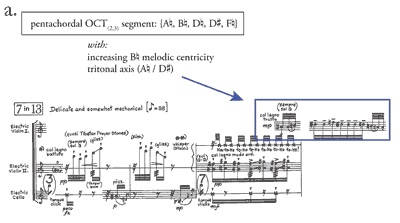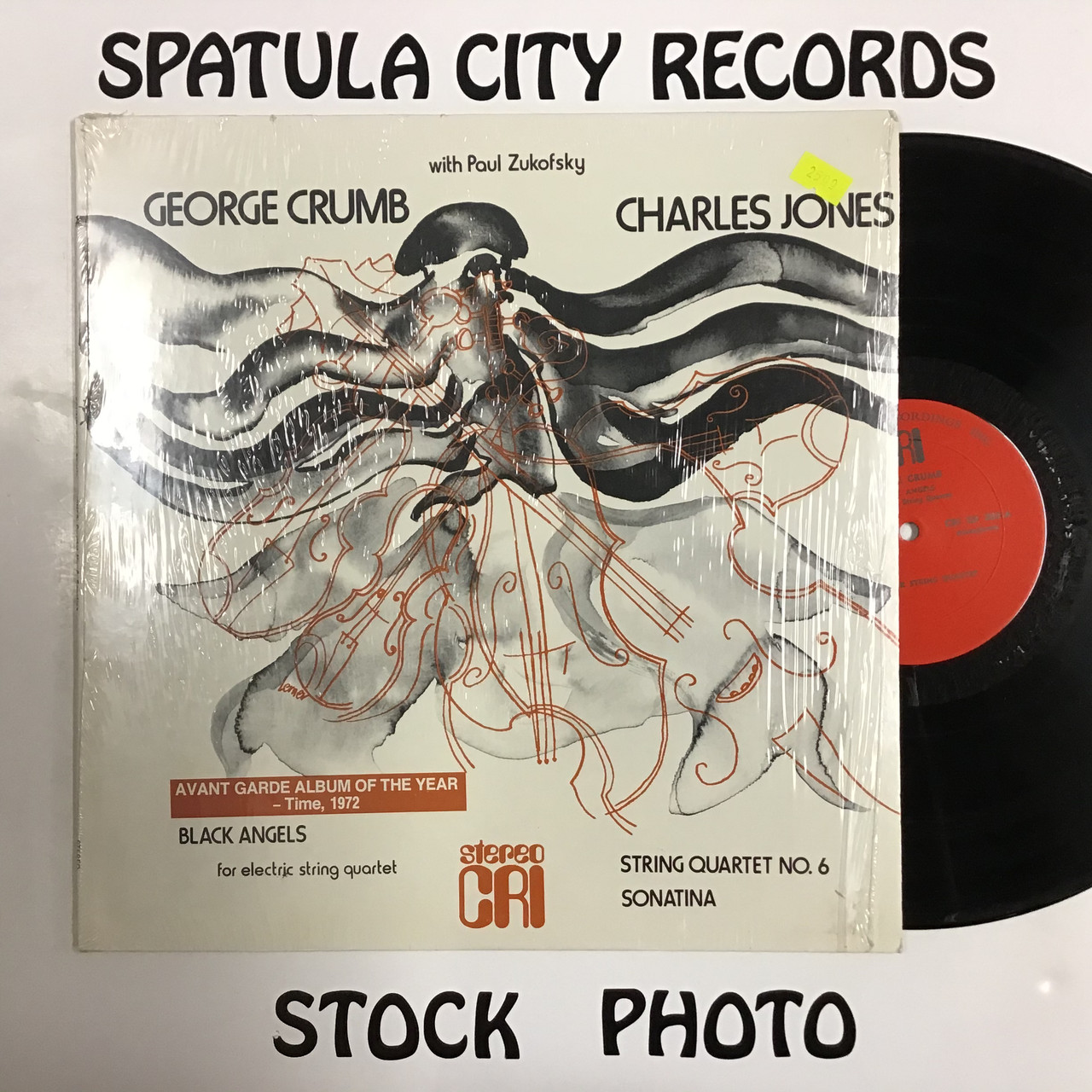


The performers then were Sascha Jacobsen, violin and Maxim Shapiro, piano." "The Sonatina for Violin and Piano was written in California in 1942 and had its first performance at the International Society for Contemporary Music in Berkeley, California that summer. As both of these elements are, in a sense, foreign to the nature of the strings, it was necessary to translate them into the medium of the quartet. One is the element of fanfare (or other somewhat stirring sounds) and the second is a kind of lyricism normally associated with the voice. "I feel that in a large and general way, two diverse elements are juxtaposed in the Sixth Quartet (1970). The first one dates from student days, the second (1944) is already concerned with the special sonorities possible in this medium, the third (1951) is more complex in texture and probably the most dissonant, the fourth (1954) is more simple and lyrical, and the fifth (1961) again is much taken up with special sonorities. "The six string quartets which I have written might be considered as a musical diary which I have kept through the years. At certain points in the score there occurs a kind of ritualistic counting in various languages, including German, French, Russian, Hungarian, Japanese, and Swahili. An important pitch element in the work - ascending D-sharp, A, and E - also symbolizes the fateful numbers 7-13. in terms of phrase-length, groupings for single tones, durations, patterns of repetition, etc. These "magical" relationships are variously expressed - e.g. The numerological symbolism of Black Angels, while perhaps not immediately perceptible to the ear, is nonetheless quite faithfully reflected in the musical structure. The three stages of this voyage are Departure (fall from grace), Absence (spiritual annihilation), and Return (redemption). The underlying structure of Black Angelsis a huge arch-like design which is suspended from the three " Threnody" pieces. The image of the "black angel" was a conventional device used by early painters to symbolize the fallen angel. The numerous quasi-programmatic allusions in the work are therefore symbolic, although the essential polarity - God versus Devil - implies more than a purely metaphysical reality.

New York String Quartet: Paul Zukofsky, violin Romuald Teco, violin Jean Dupouy, viola Timothy Eddy, cello Gilbert Kalish, pianoīlack Angels (Thirteen Images From The Dark Land) was conceived as a kind of parable on our troubled contemporary world.


 0 kommentar(er)
0 kommentar(er)
